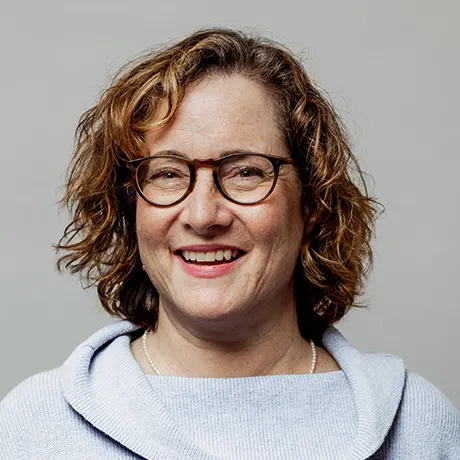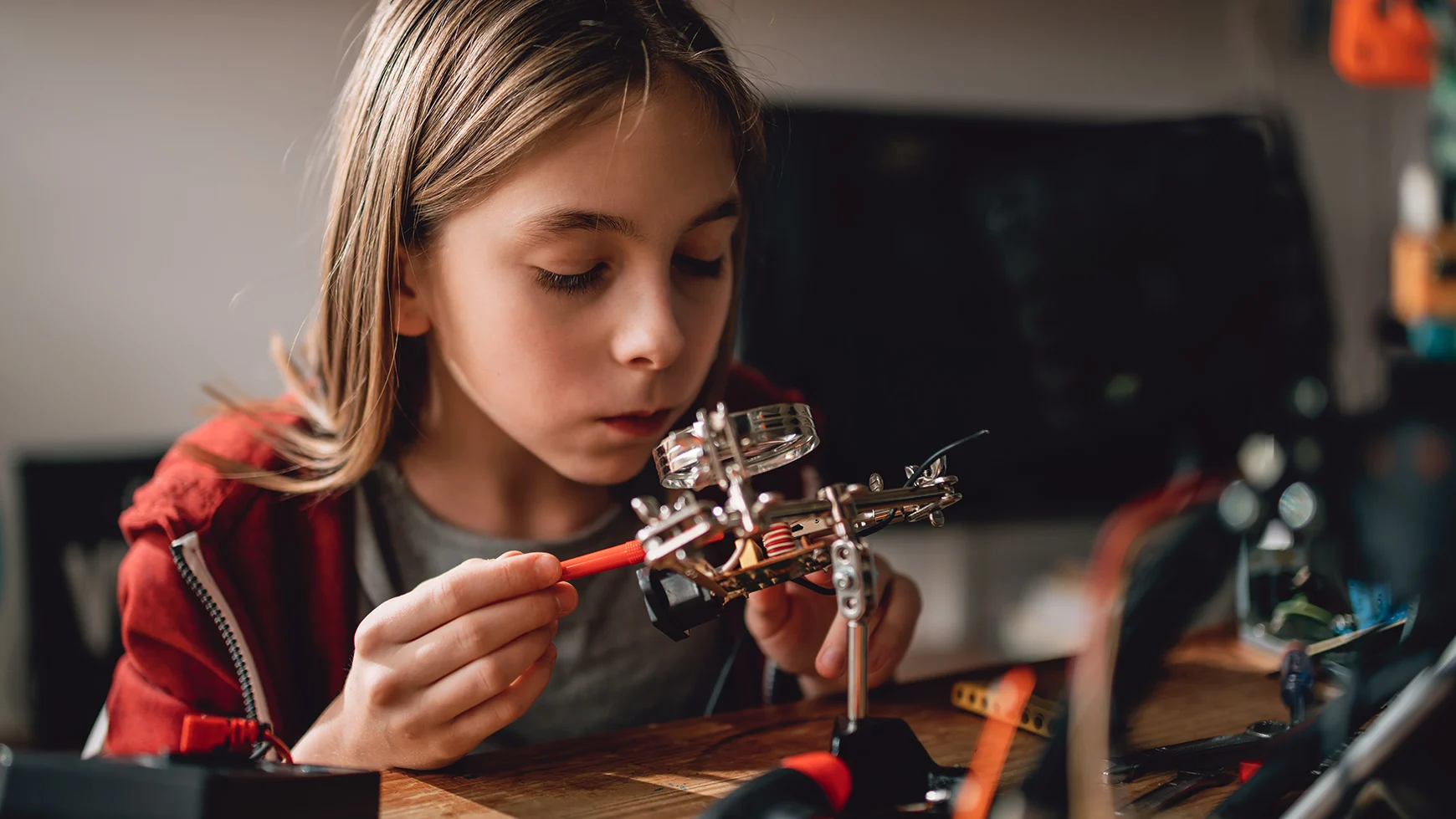What is neurodiversity?
Neurodiversity is the idea that differences in how the brain develops are normal. The term also means the inclusion of people with differences. But a person isn’t “neurodiverse.” Learn more below.
The term neurodiversity gets used — and misused — a lot. But what does it mean, exactly?
Neurodiversity is a concept that goes back many decades. The idea is that differences in how the brain develops aren’t problems that need to be “fixed” or “cured.” They’re just variations of the human brain, or neurodivergence.
This viewpoint began in the autism community. But it’s expanded in recent years. It now includes differences like ADHD and learning disabilities.
There’s another key point to the concept. It’s that when it comes to differences, everyone should notice the strengths before the challenges.
Neurodiversity is a cause, as well as an idea. People may use the term to help reduce stigma and build inclusion.
Neurodiversity vs. neurodivergence
The words neurodiversity and neurodiverse are often misused. People sometimes confuse them with neurodivergence and neurodivergent.
These terms are all related. But they’re not the same thing.
Neurodiversity is the concept that there’s a lot of variety in how brains work.
The company values neurodiversity.
Neurodiverse is the word to describe a setting where there are neurodivergent people (and probably also neurotypical people).
Kendra works in a neurodiverse workplace.
Neurodivergent is the word that describes individuals.
James is neurodivergent. The class has three neurodivergent students.
Neurodivergence is a term that covers many differences.
Neurodivergence is common in any classroom and workplace.
Learn more
Listen to a podcast episode on neurodiversity. Download a learning and thinking differences fact sheet. And read how one mom reacted to her child’s second diagnosis.




